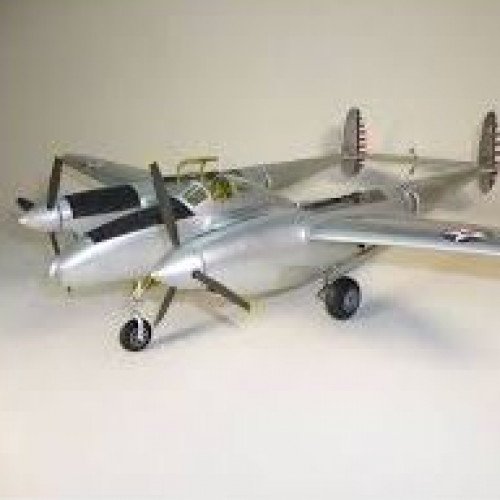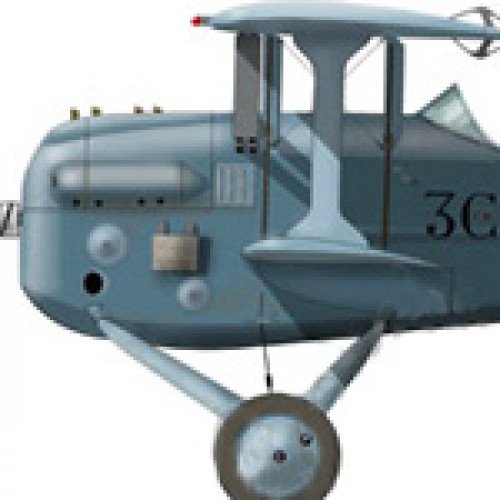Lockheed XP-49 vs Levasseur PL.5

Lockheed XP-49
The Lockheed XP-49 (company Model 522) was an advancement on the P-38 Lightning for a fighter in response to U.S. Army Air Corps proposal 39-775. Intended to use the new 24-cylinder Pratt & Whitney X-1800 engine, this proposal, which was for an aircraft substantially similar to the P-38, was assigned the designation XP-49, while the competing Grumman Model G-46 was awarded second place and designated XP-50.
Statistics for this Xoptio

Levasseur PL.5
The Levasseur PL.5 was a carrier-based fighter produced in France in the late 1920s, in response to the 1924 AMBC.2 (two seat carrier based fighter) specification issued by the Service Technique de l'Aéronautique (STAé). It was a conventional, single-bay sesquiplane that carried a crew of two in tandem, open cockpits. Like other Levasseur naval designs of the day, it incorporated several safety features in case of ditching at sea. Apart from small floats attached directly to the undersides of the lower wing, the main units of the fixed, tail-skid undercarriage could be jettisoned in flight, and the underside of the fuselage was given a boat-like shape and made watertight. Four prototypes were evaluated by the Aéronavale in 1924, and following successful trials, an order for 20 machines was placed to equip the aircraft carrier Béarn, enterring service in 1927.Six examples of a trainer version with a lower-powered engine were purchased as the PL.9.